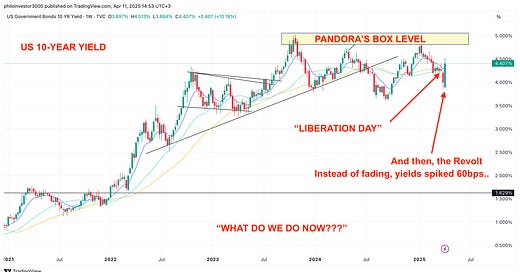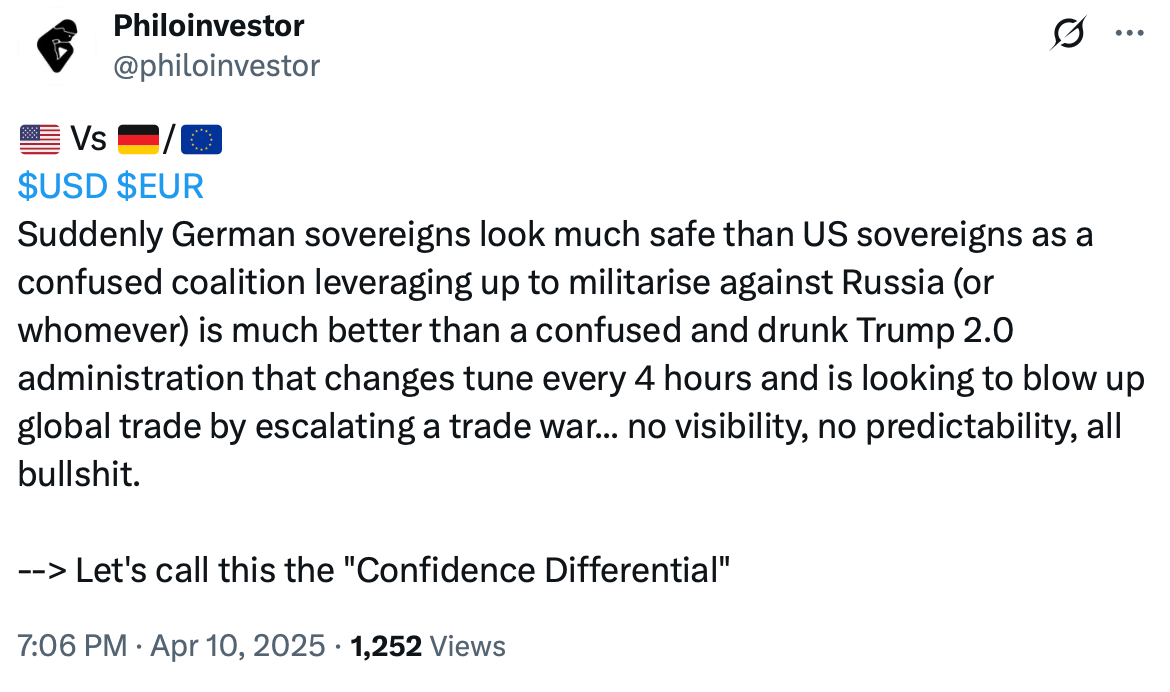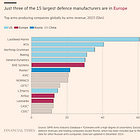It’s one thing to have a higher interest rate than the next trading bloc, it’s another to benefit from higher confidence. By the way, it’s all relative…
The classic rate differential story goes like this: money chases returns. That’s why hot flows moved into US stock market and government bonds all these years, because returns were better.
If the US 10-year yields 4.5% and the German 10-year yields 2.5%, capital should favour the US: rate differential of 2%. But markets throw curveballs all the time — “Don’t be so linear” as I tend to say often.
Today, the game is not about rate differentials, it’s about confidence differentials.
Right now, that differential is shifting in favour of Germany (and Europe in general) and away from the United States.
The reason why is simple and it’s about Trump 2.0 blowing up things, fast.
In that respect, we published How to Survive yesterday as a Cheat Sheet for making it through the chaos, using intelligence and plain common sense. We used some Charlie Munger mental models and Peter Lynch stock-selection tactics to do it.
But let’s be clear: this is not because Europe is now magically a beacon of strategic foresight. The EU still faces structural issues, and the eurozone is not known for rapid decision-making.
But with JD Vance blowing up things in the Munich Security Conference and the US pulling back from the Ukraine war, the Europeans were forced to make a move.
More context on that setup here:





